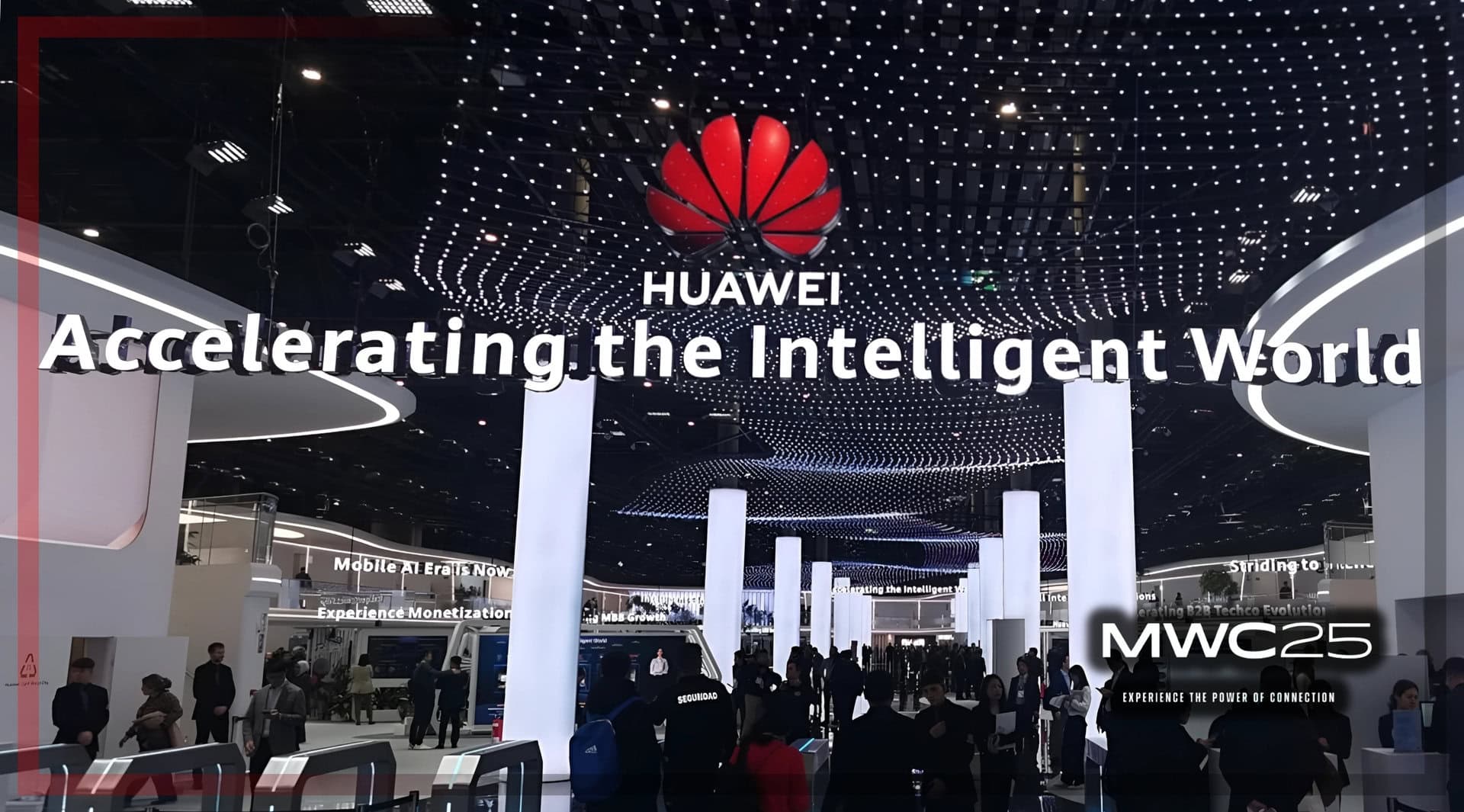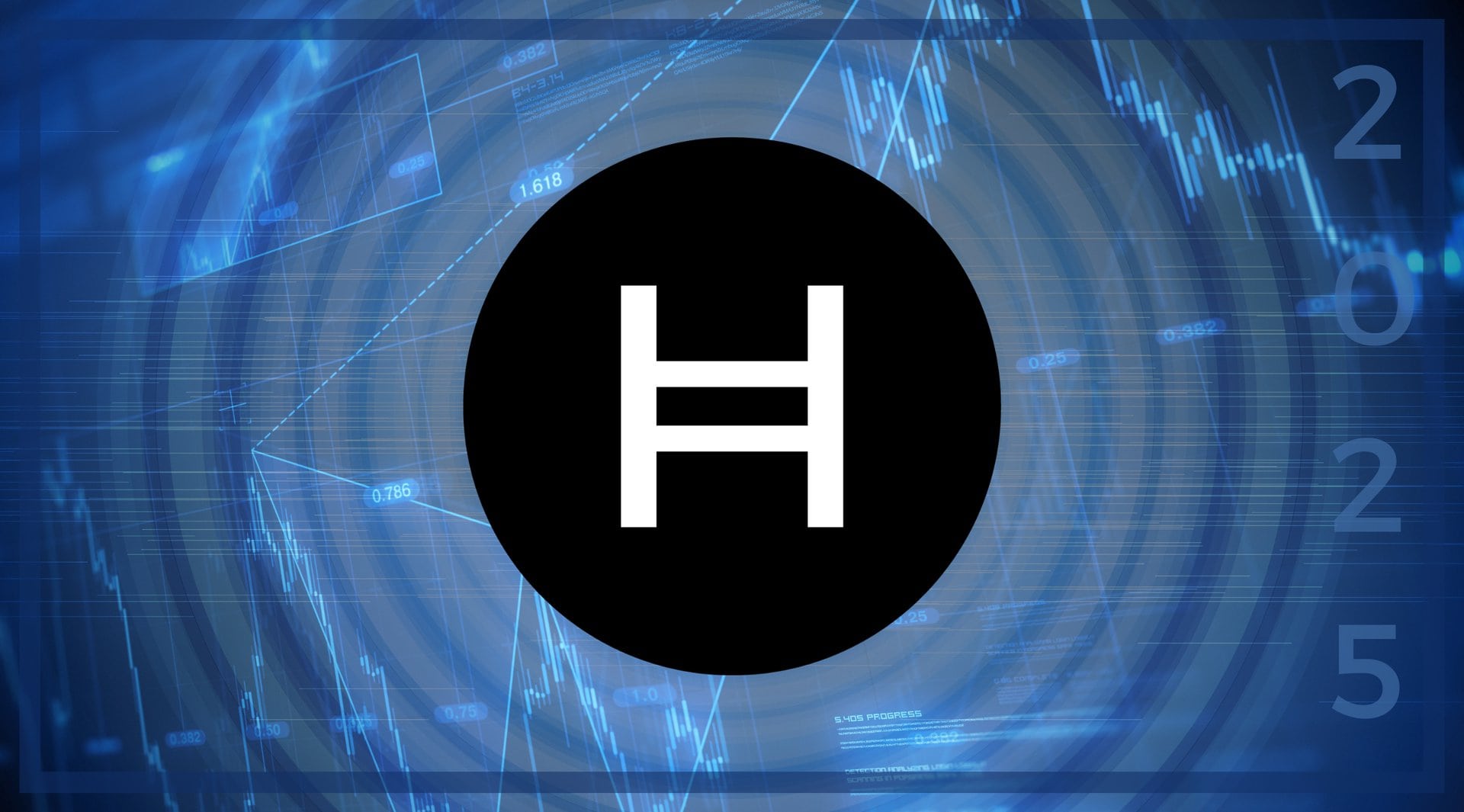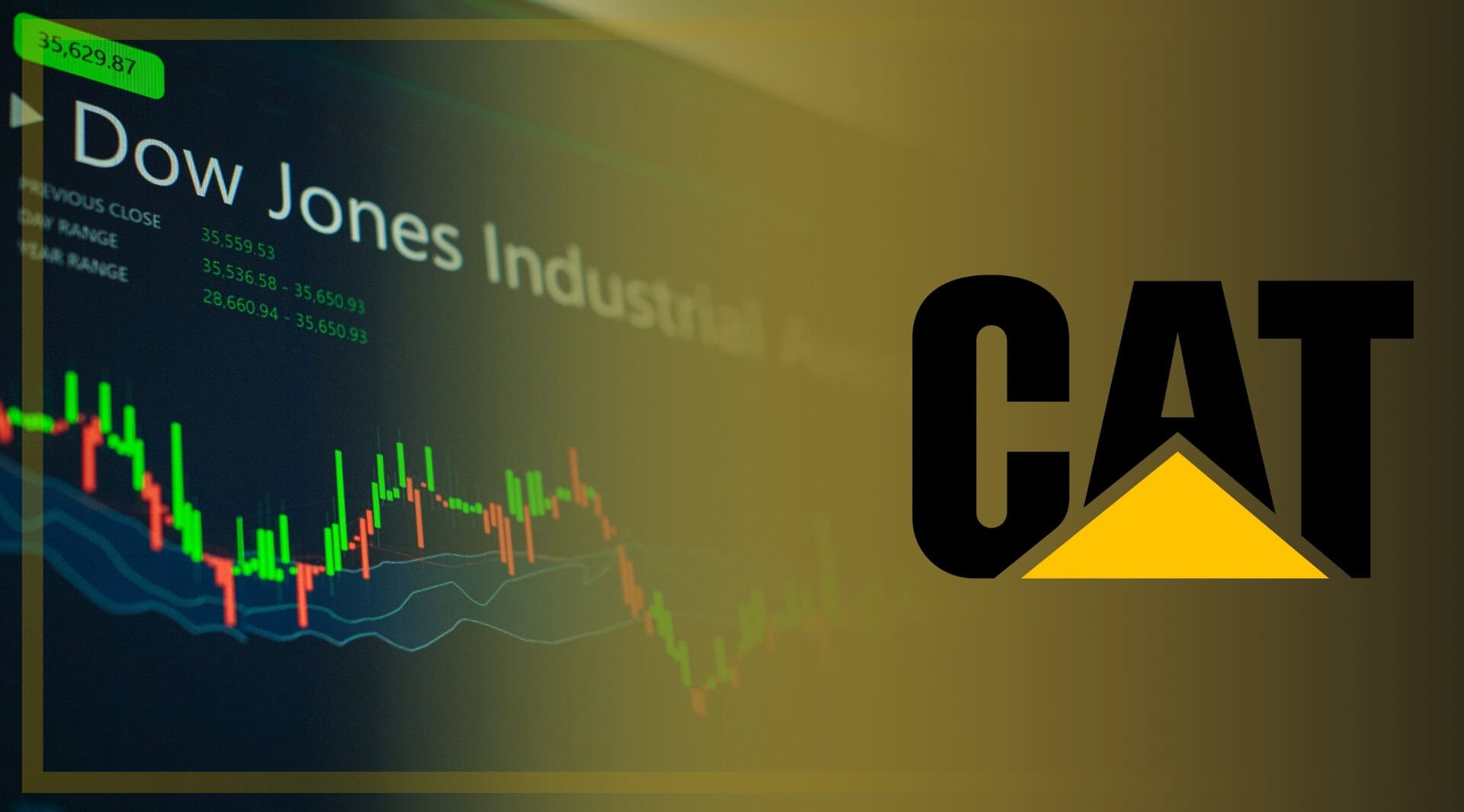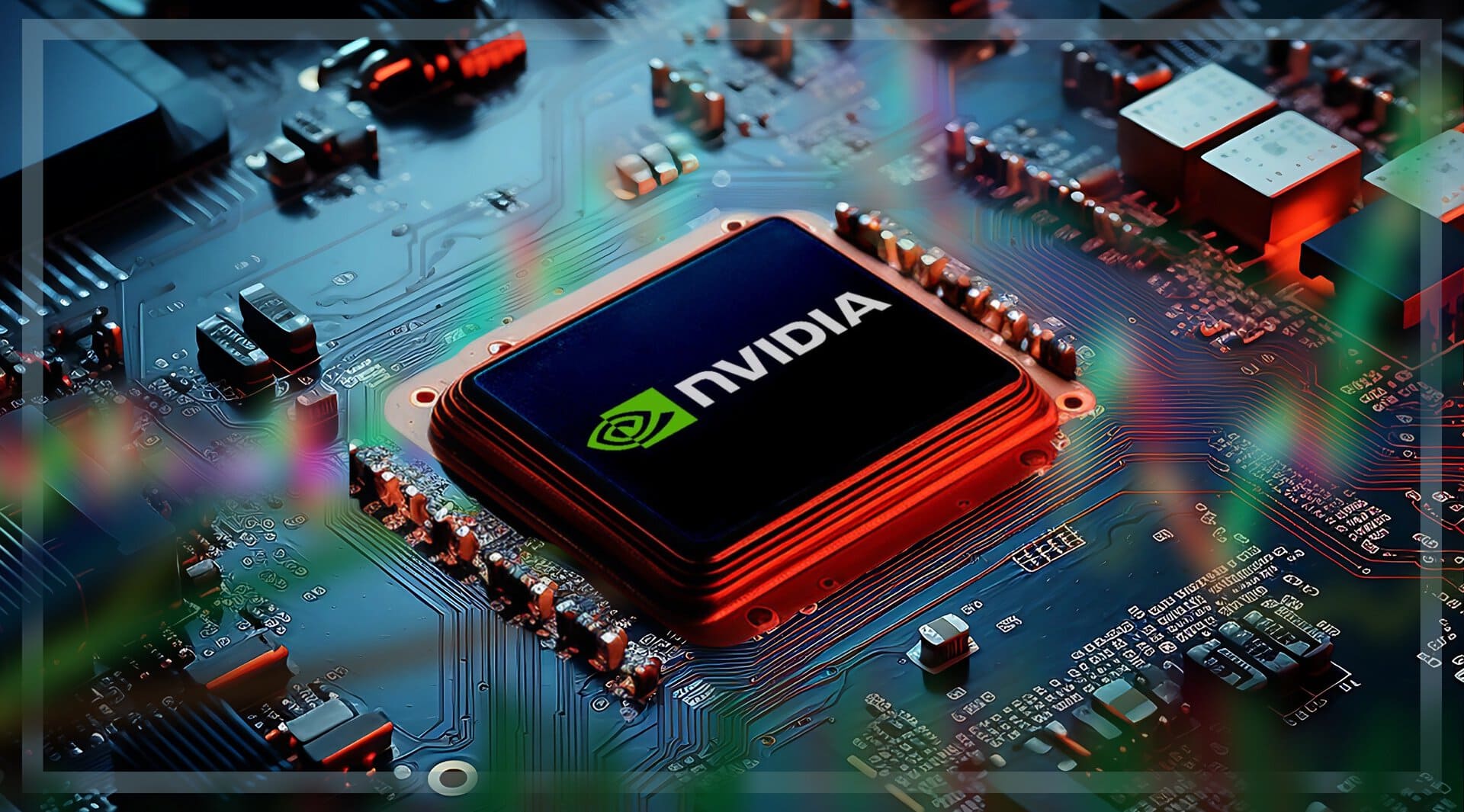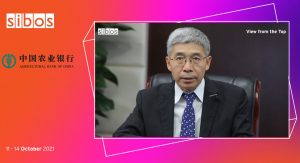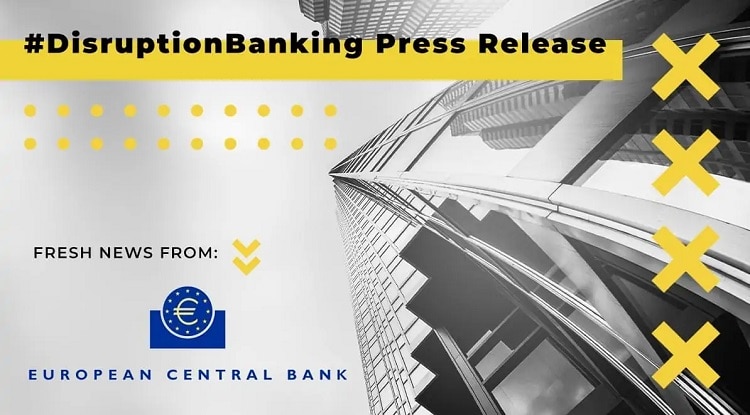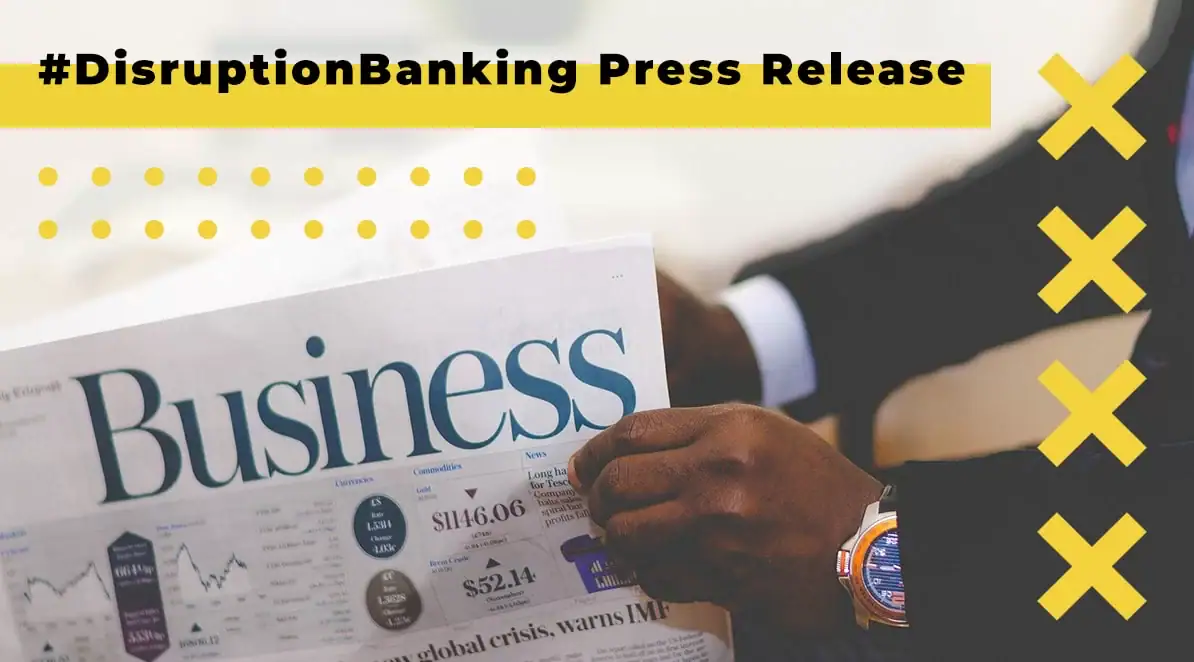Last week, Huawei had a significant presence at the Mobile World Congress (MWC) Barcelona 2025, the biggest annual conference in the mobile industry in Europe. Huawei had a large 14,000-square-meter exhibition area, nearly the size of two football fields. The Chinese tech leader impressed attendees with its cutting-edge innovations in many areas including industrial intelligence.
Huawei launched 83 global showcases and 10 major solutions for industrial intelligence, demonstrating its pioneering role in AI-driven digital transformation. This comes at a crucial point, as China’s recently concluded National People’s Congress outlined ambitious plans to accelerate AI and tech development.
Today, we take a closer look at Huawei’s involvement in this years’ MWC 2025, and why MWC is important to Huawei.
Huawei Mate XT broke the internet last year, with its triple-fold display. What does this device offer?
— Economic Times (@EconomicTimes) March 11, 2025
➥ 10.2-inch diagonal display, 6.8-inch front display
➥ Harmony OS
➥ 50MP Triple Camera Set-up
➥ Octa-core chipset by Huawei #Huawei #MateXT #MWC #Barcelona #TriFold… pic.twitter.com/zY8I9k9Ibn
What is Industrial Intelligence?
Industrial intelligence, one of the key themes of the Industrial Digital and Intelligent Transformation Summit at MWC 2025, is an important part of Huawei’s vision for the future. It refers to the integration of advanced intelligent technologies, especially AI, into industry-specific scenarios.
At the summit, Huawei shared four major challenges in industrial intelligent transformation:
1. The implementation of advanced intelligent technologies into industry-specific scenarios remains incomplete.
2. Existing ICT infrastructure cannot fully support intelligent platforms.
3. The high cost of generative AI hinders inclusive AI adoption.
4. The potential shortage of skilled talent.
Correspondingly, Huawei proposed four key pathways to accelerate industrial intelligence:
1. Deeply integrate technologies into industries and establish ICT infrastructure.
2. Build AI-oriented ICT infrastructure to support intelligent systems.
3. Develop high-performance AI products that seamlessly integrate with open-source models.
4. Deploy a targeted approach to train talent.
Huawei also shared cases of industrial digital and intelligent transformation. Tianjin Port, one of the world’s seven largest ports, is an example of Huawei’s AI-driven solution. Implementing Huawei’s latest technologies, including intelligent twins, autonomous driving, 5G, cloud computing and IoT, the smart port solution helped create a smarter, safer, and greener system.
Why MWC is Important to Huawei
The strict sanctions limiting Huawei’s global presence have damaged its brand reputation. At MWC 2025, Huawei can communicate directly with a wide range of industry leaders and consumers, thus presenting it with the precious opportunity to rebuild its image.
In addition to product demonstrations, Huawei also worked to build stronger global partnerships. In the Huawei Business Enterprise Exhibition, Huawei established a Partner Collaboration for Mutual Success area, which presented Huawei’s latest partner policies for the commercial market and distribution business etc.
During the MWC Barcelona 2025, Huawei and MTN Group, Africa’s largest mobile network operator, reaffirmed their long-term collaboration through a strategic Memorandum of Understanding (MoU). The agreement outlines a framework to explore opportunities in advanced connectivity solutions, cloud based technologies and digital infrastructure to drive sustainable digital development across Africa.
MTN & Huawei Strengthen Partnership – The telecom giants collaborate to accelerate Africa’s digital transformation.https://t.co/qNJpoPh1uV
— Africa youth in Tech (@africayouthit) March 10, 2025
The Future of Industrial Intelligence
At the Industrial Digital and Intelligent Transformation Summit, Huawei outlined its vision for the future of industrial intelligence, emphasizing AI-driven solutions and digital transformation.
Collaborating with its partners at the Summit, Huawei introduced 10 future solutions of industrial intelligence: Inclusive Connectivity – Digital Village Solution, Public Services Digitalization Solution, Digital Training Solution, Financial Data Center Resilience Solution, Intelligent Distribution Solution 2.0, Smart Railway Yar & Station Solution, Intelligent Multi-level Port Operations Management Solution, Intelligent Central Processing Facilities Solution, Intelligent Chemical Solution, and Smart Retail Solution 2.0.
Huawei also identified several major trends shaping the industrial intelligence landscape.
1. Rising expectations for AI – conversations have quickly shifted from the “First Year of AI Application at Scale” in 2024 to accelerating towards Artificial General Intelligence (AGI) in 2025.
2. The evolution of AI towards AI agents: expectation that GenAI will “from answers to actions.”
3. Open-source AI models are becoming more competitive. Open-source AI like DeepSeek’s R1, are making AI more accessible by shifting the focus from just computing power to its optimal use.
Although Huawei is a key player in industrial intelligence, it faces competition from other tech giants. Notably, Nvidia, who recently warned of growing competition from Huawei, is also an active player in industrial intelligence, advancing AI implementation in manufacturing, agriculture, automotive, semiconductor, aerospace etc.
AI in 2025: Boom or Bust? 🚀
— #DisruptionBanking (@DisruptionBank) February 6, 2025
Nvidia, Atlassian & Arista Networks are driving AI forward, but ethics & scalability remain challenges. Who will lead the AI revolution?
🔍 Read more: https://t.co/u5qQn1BvIc#AI #ArtificialIntelligence #TechInnovation #Investing #Nvidia pic.twitter.com/zRjqMu8A6q
The overarching goal of Industrial Intelligence, according to Huawei, is not just to enhance productivity but also to contribute to the greater good. Huawei envisions that industrial intelligent transformation will make technological benefits more widely accessible, unlock societal vitality and creativity, and catalyse the evolution of AI through enhanced interaction with the physical world.
Author: Evelyn Fang
#Huawei #MWC2025 #AI #China #tech
See Also:
Challenges and Opportunities in AI in 2025


